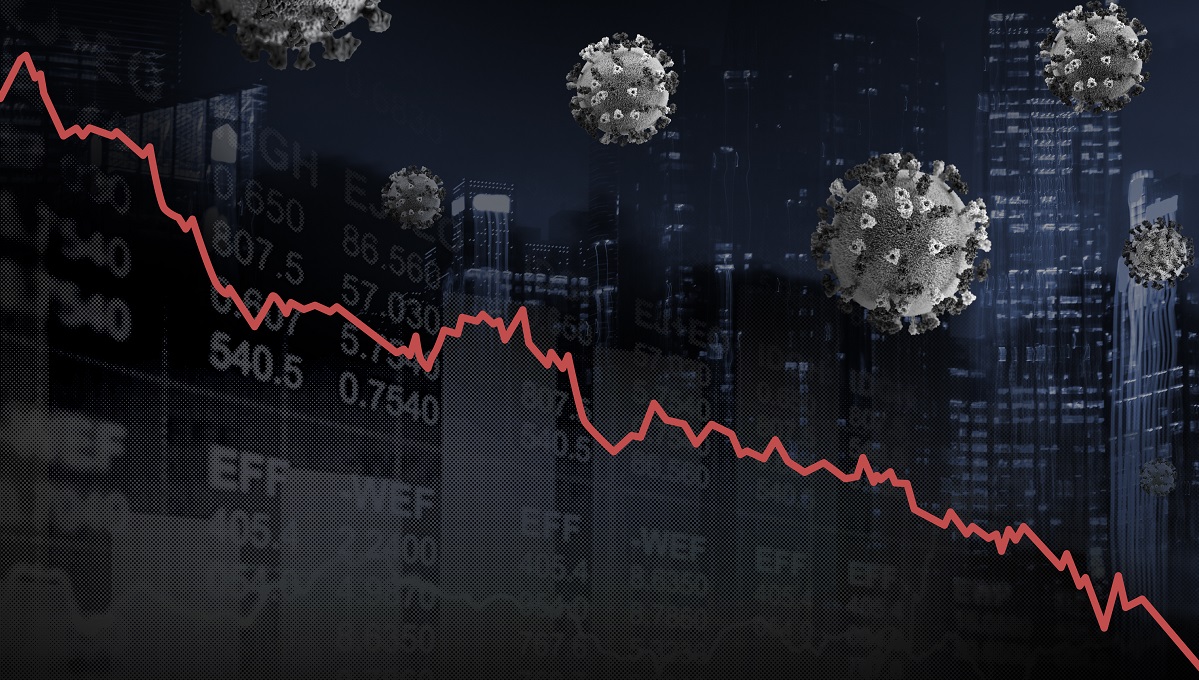This article was originally published in Times Now on 13 May 2020. Link to article available here.
As the world deals with the challenges posed by the COVID-19 pandemic, India Inc. struggles to overcome the economic slowdown triggered by unceasing lockdowns. The shutdown of businesses, slowdown in demand, and complete disruption in the supply-chain have wrought a severe liquidity crisis in the economy.
Goods and Services Tax (‘GST’) collections are major source of revenue for the Government and key indicators to the country’s economic health. GST collections in the month of March 2020 stood at a five-month low of Rs. 97,500 crore, falling short of the target of Rs. 125,000 crore. The release of data for the month of April has been deferred due to the lower mop-ups expected on account of the lockdown and extended timelines for return filing announced by the Government. However, the April collections are expected to be significantly lower, as only a few sectors, such as telecom, pharma, food, and fast-moving consumer goods (FMCG), have been operational during the lockdown.
At the same time, GST being a transactions tax has a significant impact on the prices as well as working capital requirements of businesses. Demand slowdown and the liquidity crisis have disrupted the payment cycles, challenging businesses in meeting their GST liabilities, even with the extended timelines prescribed by the Government.
The unfavourable business climate has led to increasing demand for a stimulus package, including GST rate cuts, to stabilize the economy. This compels the Government to be ready for a tightrope walk, as it evaluates the indirect tax measured that may be taken while keeping an eye on managing the increasing fiscal deficit.
GST rate cuts across the board may not be viable in the long run, as they could cause a fund crunch for the Government. At the same time, certain sectors, such as aviation, tourism, and hotels and restaurants, which have borne the brunt of the crisis while being virtually shut down for the last couple of months, need robust support for survival. Government should offer relief to these vulnerable sectors by lowering the GST rates, and possibly suspending GST payments for a couple of quarters until such time that demand picks up again.
With the crude oil prices expected to remain at an all-time low in near future, the time is opportune to revisit the exclusion of petroleum products from the GST ambit. However, considering that transportation fuels contribute to a significant proportion of the Centre and State revenues, a complete inclusion may be strongly opposed. However, the way forward could begin by including aviation fuel under the purview of GST, providing substantial working capital to the airlines and thereby enabling them to claim credits of taxes levied for such fuel procurement. States may be more amenable to include aviation fuels under GST rather than face the threat of larger revenue loss in the event some airlines shut down or curtail their operations.
Another step that may ease industry’s anxiety is to allow businesses to pay GST on a cash basis instead of accruals, as was the norm in the Service tax regime prior to April 2011. This would allow businesses to discharge their GST liability as and when they receive the consideration along with GST charged on invoices instead of from their own pocket. In addition, provisions may be created in the law to claim adjustments in GST payment for bad debts and short realization of invoices.
On the export front, while the Government has issued instructions to clear the pending GST refunds filed by the exporters, in addition it needs to institute an incentive package for exporters to motivate competitiveness and ensure availability of sufficient working capital. To this end, Merchandise Exports from India Scheme (‘MEIS’) and Services Exports from India Scheme (‘SEIS’), which provide incentive to exporters as a percentage of the value of goods and services exported, need to extend the period of their offer as may be necessary to help exporters meet the challenge of the current global slowdown in demand.
As the country prepares to come out of the lockdown, the liquidity crisis and the demand and supply vacuum must be addressed. The measures suggested may provide partial relief to businesses without substantially compromising the fiscal realities for the Government. However, with day-to-day life and the business environment showing no signs of an early return to normalcy, these are merely few of many steps that may be vital to revive the economy.








Manish has more than 23 years of experience in Indirect taxation across Industry, Consulting and law firms.